1- Introduction to Diversity and Inclusion in Fashion
Fashion is more than just a way to express personal style; it acts as a mirror reflecting the values, culture, and dynamics of society. Over recent years, the fashion industry has encountered rising demands from both consumers and advocacy groups to embrace diversity and inclusion, significantly reshaping brand identities and marketing strategies. Brands today must navigate these concepts thoughtfully and proactively to stay relevant in a market increasingly driven by social awareness and activism. Understanding and effectively implementing diversity and inclusion have become essential competencies for fashion brands looking to thrive in contemporary society.
Defining Diversity and Inclusion in the Fashion Industry
Diversity in fashion encompasses the representation of individuals from a wide array of backgrounds, including various cultures, ethnicities, ages, body shapes, genders, abilities, sexual orientations, and identities. It involves showcasing a realistic, expansive spectrum of humanity that resonates with a diverse consumer base. Inclusion moves beyond mere visibility to actively ensuring that all represented groups genuinely feel valued, respected, empowered, and integrated within the fashion ecosystem. In practical terms, diversity provides visibility and representation, while inclusion actively fosters meaningful participation, engagement, and belonging within the industry. A truly inclusive brand doesn’t merely showcase diversity—it actively cultivates an environment where diverse voices are heard, understood, and influential in shaping brand narratives.
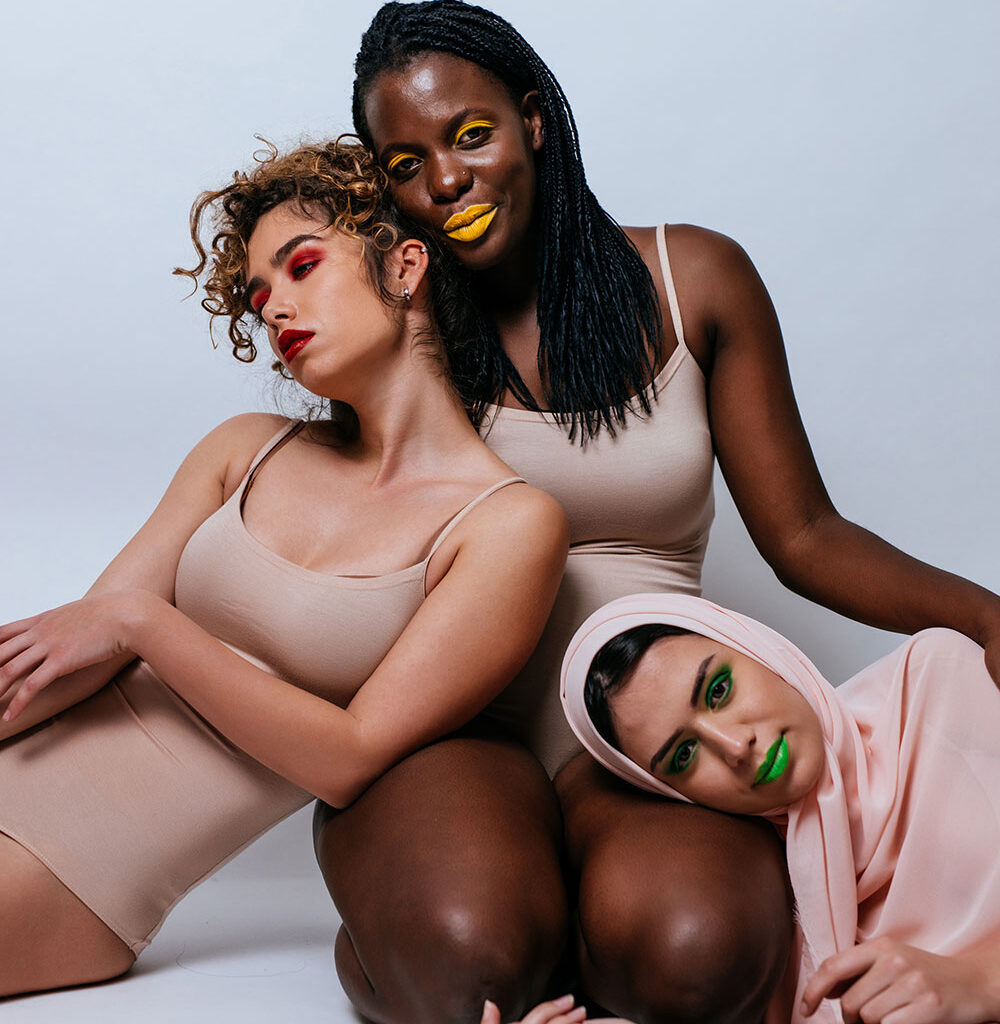
Why Diversity Matters in Fashion Campaigns
Fashion campaigns hold immense power to influence societal standards and shape public perceptions regarding beauty, identity, and acceptance. By deliberately prioritizing diversity and inclusion, fashion brands send potent messages of acceptance, equality, and solidarity to their audiences. Inclusive campaigns resonate deeply because they reflect authentic human experiences and diverse identities, leading to stronger emotional connections and fostering brand loyalty. Moreover, research consistently illustrates tangible economic advantages associated with diversity. For instance, a prominent McKinsey study found that companies committed to diversity and inclusion significantly outperform their less diverse competitors in terms of profitability and customer engagement. Inclusivity in marketing translates directly into broader appeal, heightened consumer trust, and ultimately, superior business outcomes.
The Evolution of Representation in Fashion Advertising
Historically, the fashion industry has faced significant criticism for perpetuating narrow beauty standards that often excluded large segments of society. Early fashion campaigns were frequently characterized by homogeneity, focusing primarily on limited ideals that emphasized certain body types, ethnic backgrounds, and gender norms. However, the increasing advocacy for social justice, coupled with shifting cultural attitudes, has catalyzed a profound evolution within fashion advertising. This transformation began in earnest as consumers began to demand more accurate and diverse representations of themselves. Iconic campaigns by trailblazing brands like Fenty Beauty, Nike, Dove, and Savage X Fenty have notably disrupted the traditional advertising landscape, elevating models across a diverse range of ethnicities, body sizes, ages, genders, and physical abilities. These influential campaigns not only attracted a more extensive consumer demographic but also set new industry benchmarks for authenticity, inclusivity, and relevance. They signaled a shift toward celebrating individuality, fostering a greater sense of belonging among consumers, and establishing new standards for socially conscious branding practices. As a result, today’s fashion advertisements increasingly reflect a more authentic and inclusive vision of society, demonstrating how diversity and inclusion have evolved from niche concepts into fundamental pillars of brand success and cultural impact.
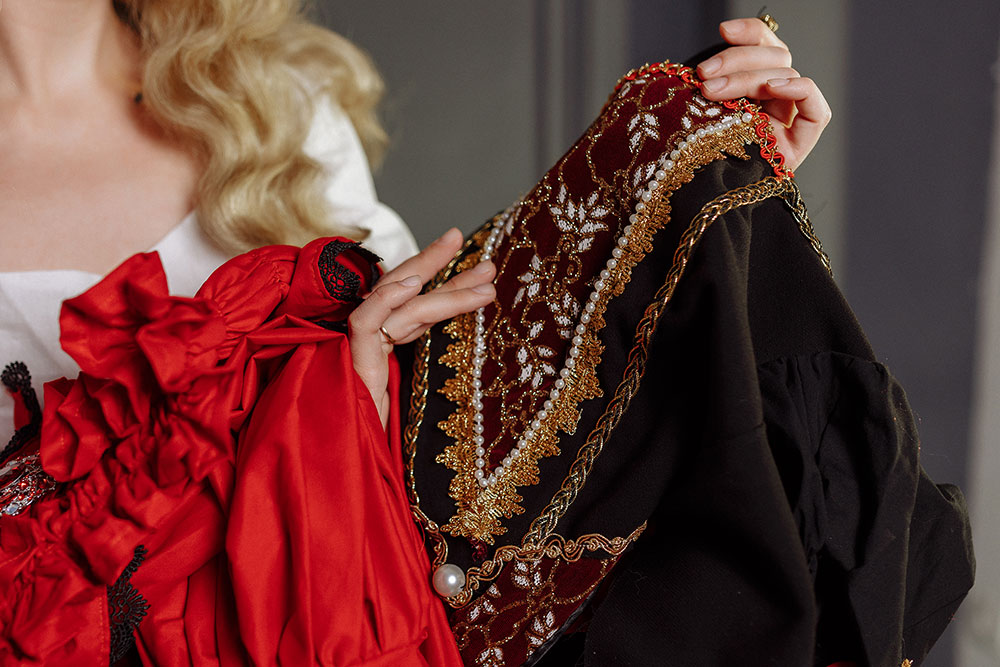
2- The Historical Context of Fashion and Representation
This section explores the evolution of beauty standards in fashion, highlighting the industry’s historical reliance on narrow, Eurocentric ideals and how these standards marginalized diverse groups. It includes profiles of pivotal figures who broke barriers and challenged industry norms, promoting a transition toward inclusive representation.
A Look at Traditional Beauty Standards in Fashion
Historically, traditional beauty standards in the fashion industry have been characterized by narrowly defined ideals, often promoting thinness, specific body proportions, youthful appearance, and predominantly Eurocentric features. These standards, perpetuated through mainstream media, advertising, and runway shows, have contributed to a narrow portrayal of beauty that marginalized and excluded vast segments of society. The dominance of such restrictive ideals created unrealistic expectations and pressures, influencing body image and self-esteem negatively among consumers, particularly young women and minority groups. This narrow scope led to widespread criticism and calls for a more inclusive representation that authentically reflects the diversity of human experiences and identities.
Pioneers Who Pushed for Diversity in Fashion
Throughout history, influential pioneers have challenged traditional fashion standards and championed diversity and inclusion. Figures such as Beverly Johnson, who became the first African American woman featured on the cover of Vogue in 1974, broke barriers and opened doors for future generations of diverse talent. Naomi Campbell continually advocated for greater representation of Black models, significantly impacting industry practices. Additionally, groundbreaking designers like Jean-Paul Gaultier and Christian Siriano actively challenged prevailing norms by showcasing diverse models of different ethnicities, body types, and gender expressions on their runways. More recently, brands led by influential figures like Rihanna with Fenty Beauty and Savage X Fenty, Ashley Graham promoting body positivity, and Halima Aden advocating for representation of Muslim women, have reshaped beauty standards by intentionally highlighting an extensive range of diverse models. These pioneers have not only transformed perceptions of beauty but have also demonstrated the cultural relevance and commercial success achievable through inclusive representation.
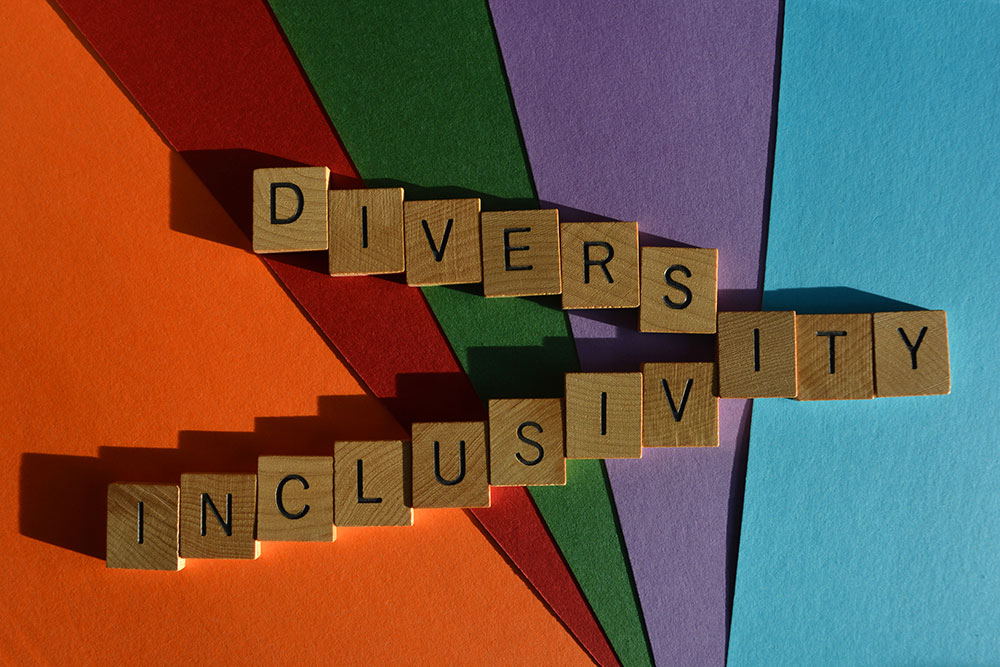
The Shift from Exclusivity to Inclusivity
Over the past few decades, the fashion industry has undergone a dramatic shift from exclusivity towards inclusivity. Driven by changing consumer expectations, social media influence, increased globalization, and activism advocating for equity and representation, brands have increasingly recognized the value of celebrating diversity. Inclusivity has evolved from a peripheral concern to a core strategic imperative, as companies realize that catering to a diverse audience resonates socially and economically. Campaigns now emphasize authenticity, representation, and accessibility, breaking from historical practices that promoted exclusivity and homogeneous beauty ideals. This shift signifies a broader cultural transformation, where inclusive portrayal of individuals has become synonymous with modernity, innovation, and forward-thinking. Brands embracing this inclusivity not only align themselves with contemporary values but also future-proof their market relevance, fostering deeper consumer loyalty and societal impact

3- The Business Case for Diversity in Fashion Campaigns
Analyzes how inclusive campaigns enhance a brand’s reputation, customer loyalty, and overall market performance. It presents economic data illustrating how diversity drives profitability, expands market reach, and positively impacts consumer engagement through authentic representation.
How Inclusive Campaigns Boost Brand Reputation
Inclusive fashion campaigns significantly enhance brand reputation by demonstrating social responsibility and authenticity, resonating deeply with contemporary consumer values. Modern consumers increasingly expect transparency and ethical practices from brands, and inclusive advertising aligns directly with these expectations. When fashion brands authentically represent diverse identities, it signals to consumers that the brand acknowledges and respects the uniqueness of its audience. This fosters positive public perception, increases brand loyalty, and encourages customer advocacy. Moreover, inclusive brands are frequently recognized and celebrated by media, influencers, and advocacy groups, enhancing their visibility and positive associations in public discourse. Brands that consistently prioritize inclusivity build lasting credibility, distinguishing themselves from competitors that fail to embrace diversity.
The Impact of Representation on Consumer Engagement
Representation directly impacts consumer engagement, influencing purchasing decisions, brand affinity, and overall customer loyalty. Consumers today prefer brands that reflect their values, identities, and personal experiences. When individuals see themselves authentically represented in fashion advertising, it creates a powerful emotional connection that boosts engagement and encourages long-term relationships with the brand. Research indicates that campaigns featuring diverse and inclusive representation generate significantly higher levels of engagement online, including shares, comments, and positive reactions. Consequently, this heightened engagement translates into increased brand awareness, expanded customer bases, and improved overall market performance. Brands effectively leveraging inclusive representation also benefit from increased advocacy among consumers, who are more likely to recommend inclusive brands to their social circles.

Increased Market Reach Through Diversity
Diverse representation expands market reach by appealing to a broader and more varied consumer audience. Inclusive campaigns capture the attention of previously underserved or overlooked demographic groups, unlocking significant market potential. By embracing diversity, brands effectively tap into emerging markets and demographic segments that traditional campaigns fail to attract. This inclusivity not only attracts consumers from diverse backgrounds but also resonates with socially conscious consumers who value brands committed to equality and representation. Thus, diversity in fashion campaigns leads directly to expanded consumer bases, increased market penetration, and greater overall profitability. Moreover, brands that successfully engage diverse markets position themselves advantageously for future growth, capitalizing on changing demographic trends and consumer preferences.
Case Studies-Brands That Benefited from Inclusive Marketing
Several prominent fashion brands have successfully leveraged inclusive marketing, achieving substantial commercial and social success. For instance, Fenty Beauty, launched by Rihanna, revolutionized the beauty industry by offering an unprecedentedly wide range of foundation shades catering to diverse skin tones. This inclusivity resulted in immediate acclaim, widespread consumer engagement, and substantial financial success. Similarly, Dove’s “Real Beauty” campaign, featuring women of various sizes, ages, and ethnic backgrounds, generated significant brand loyalty and transformed industry standards around beauty representation.’

4- Representation in Fashion Advertising
Discusses various dimensions of representation including race and ethnicity, gender identity, age diversity, body positivity, disability visibility, and LGBTQ+ advocacy. It evaluates how authentic representation in these areas contributes to broader societal acceptance and commercial success for fashion brands.
Race and Ethnic Diversity in Fashion Campaigns
Historically, fashion campaigns predominantly featured limited racial and ethnic diversity, often prioritizing Eurocentric beauty standards. However, recent years have marked a significant shift towards embracing racial and ethnic diversity, driven by consumer advocacy, social movements, and global cultural exchange. Brands like Fenty Beauty and Savage X Fenty have been instrumental in challenging these norms, showcasing diverse models across campaigns and prompting competitors to follow suit. Increased representation has not only resonated with minority audiences but also fostered broader acceptance, cultural appreciation, and understanding within society. Campaigns featuring models of diverse racial backgrounds consistently demonstrate heightened consumer engagement, expanded market reach, and improved brand reputation. Furthermore, these initiatives help brands build genuine connections with historically underrepresented communities, reinforcing the significance of authentic representation.
Gender Inclusivity and Breaking Stereotypes
Gender inclusivity has emerged as a crucial aspect of modern fashion campaigns, addressing the historical limitations imposed by rigid gender norms and stereotypes. Traditional campaigns often reinforced binary gender roles, restricting self-expression. Modern brands such as Gucci, Calvin Klein, and Zara have embraced gender fluidity, featuring transgender, non-binary, and gender-nonconforming individuals in prominent campaigns. These inclusive initiatives not only reflect evolving societal attitudes toward gender identity but also empower consumers to express their individuality authentically. Such progressive representation enhances brand credibility, attracts diverse consumer segments, and contributes positively to societal discourse around gender equality and identity. Brands are increasingly recognizing that gender inclusivity helps them resonate with younger generations who prioritize authenticity and self-expression, thus securing long-term customer loyalty.

Age Diversity in Fashion,Embracing All Generations
Ageism in fashion has historically marginalized older generations, particularly emphasizing youth-centric ideals. Recently, however, the industry has seen increased advocacy for age inclusivity, driven by changing demographics and consumer expectations. Brands like Dove, L’Oréal, and CoverGirl have pioneered campaigns featuring older models and celebrities, celebrating beauty at all stages of life. This shift acknowledges the significant purchasing power of mature demographics, fostering greater consumer loyalty and engagement. Promoting age diversity in fashion advertising reinforces positive messaging around aging, challenges ageist stereotypes, and broadens the appeal of brands to multi-generational audiences. Moreover, embracing age diversity aligns brands with the realities of an aging population, expanding market opportunities and showcasing genuine inclusivity.
Representation of Different Body Types and Sizes
The fashion industry has traditionally been criticized for promoting unrealistic body ideals, leading to significant backlash over the lack of size inclusivity. The emergence of body positivity movements and vocal advocacy from influencers and consumers alike has pressured brands to embrace diverse body representations. Brands such as Dove, Savage X Fenty, and ASOS have prominently featured models across an extensive range of sizes, celebrating all body types. These inclusive practices have resonated deeply with consumers, driving increased loyalty, market expansion, and advocacy. Embracing size diversity communicates a powerful message of acceptance and empowerment, challenging harmful stereotypes and contributing positively to public perceptions of beauty. Brands that actively celebrate body diversity often enjoy stronger customer engagement, reflecting the broader cultural shift toward self-love and acceptance.
Disability Representation in Fashion Marketing
Disability representation remains one of the most underrepresented areas in fashion, though recent initiatives have started bridging this significant gap. Brands like Tommy Hilfiger, Aerie, and Nike have introduced campaigns featuring individuals with disabilities, significantly impacting public awareness and consumer perceptions. Inclusive representation of disabilities in fashion campaigns enhances visibility and challenges stigma, fostering greater understanding and acceptance within society. Moreover, adaptive fashion collections cater specifically to the unique needs of disabled individuals, demonstrating the industry’s potential to positively impact lives and create meaningful societal change. These inclusive practices not only showcase corporate responsibility but also drive innovation in design, catering to a previously underserved and substantial market segment.

LGBTQ+ Representation and Advocacy in Fashion
LGBTQ+ representation in fashion campaigns has grown substantially, driven by increased societal acceptance, advocacy efforts, and market recognition of LGBTQ+ consumer influence. Brands like Calvin Klein, Marc Jacobs, and Diesel have prominently featured LGBTQ+ models and narratives, actively supporting advocacy initiatives and contributing to meaningful dialogue around acceptance and equality. Such campaigns resonate powerfully with both LGBTQ+ audiences and allies, significantly enhancing brand loyalty, engagement, and market influence. Supporting LGBTQ+ advocacy through fashion campaigns positions brands as socially responsible and progressive, aligning them with contemporary values and expanding their appeal among diverse consumer demographics. Additionally, inclusive LGBTQ+ representation fosters a broader cultural dialogue, promoting visibility, understanding, and societal acceptance.
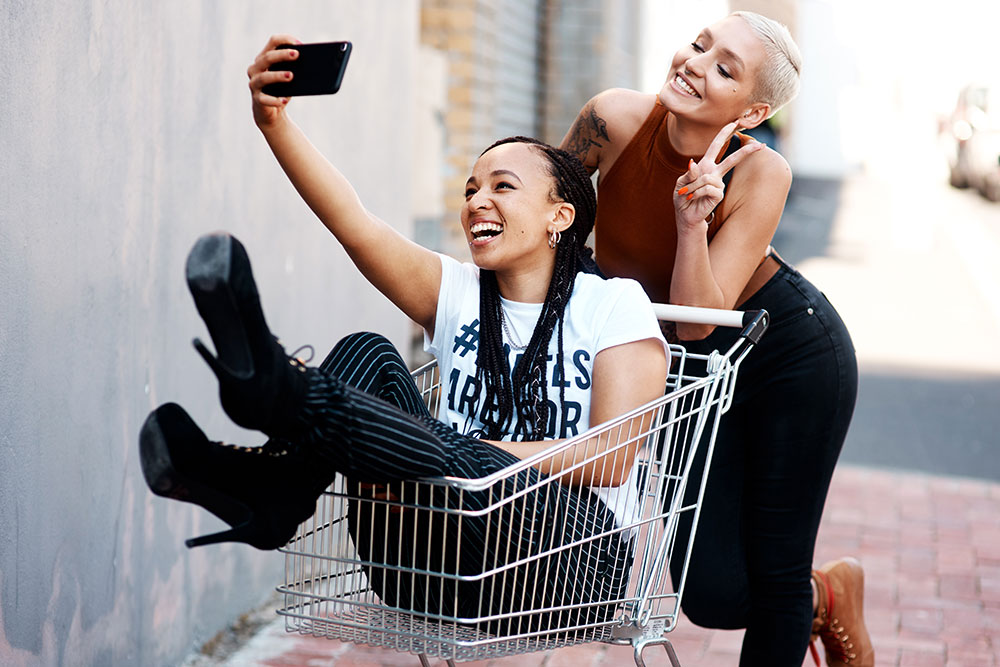
5- The Role of Influencers and Models in Inclusive Fashion
Examines the rising influence of diverse and non-traditional models and influencers who actively promote inclusive beauty standards. It explores social media’s role in amplifying diverse voices and reshaping fashion narratives, emphasizing the strategic value of authentic collaborations between brands and inclusive figures.
The Rise of Diverse and Non-Traditional Models
In recent years, the fashion industry has witnessed a significant rise in diverse and non-traditional models who challenge conventional beauty standards and advocate for broader representation. This shift reflects growing consumer demand for authenticity and inclusivity. Non-traditional models include individuals representing various sizes, ethnicities, ages, genders, disabilities, and those with unique features previously overlooked by mainstream fashion. Models such as Ashley Graham, who champions body positivity, Winnie Harlow, who has vitiligo, and Halima Aden, the first hijab-wearing supermodel, exemplify this movement. Their visibility and success in prominent campaigns and runways have reshaped industry perceptions, paving the way for greater acceptance and representation. By embracing diversity, fashion brands are able to connect more authentically with their audiences, highlighting the unique stories of individuals previously marginalized by traditional beauty standards.
The Power of Social Media in Pushing for Representation
Social media platforms have become powerful catalysts for increased representation in fashion. Platforms like Instagram, TikTok, and YouTube enable direct communication between brands, influencers, and consumers, creating spaces for diverse voices to be amplified. Through social media, individuals from historically underrepresented groups can showcase their unique identities, gain visibility, and influence fashion narratives directly. Viral movements and hashtags such as #EffYourBeautyStandards, #RepresentationMatters, and #BodyPositive have compelled brands to reconsider their marketing strategies, integrating more diverse representation to align with consumer expectations. Social media’s ability to democratize influence ensures that diverse voices are heard loudly, providing immediate feedback to brands and reshaping traditional advertising dynamics.
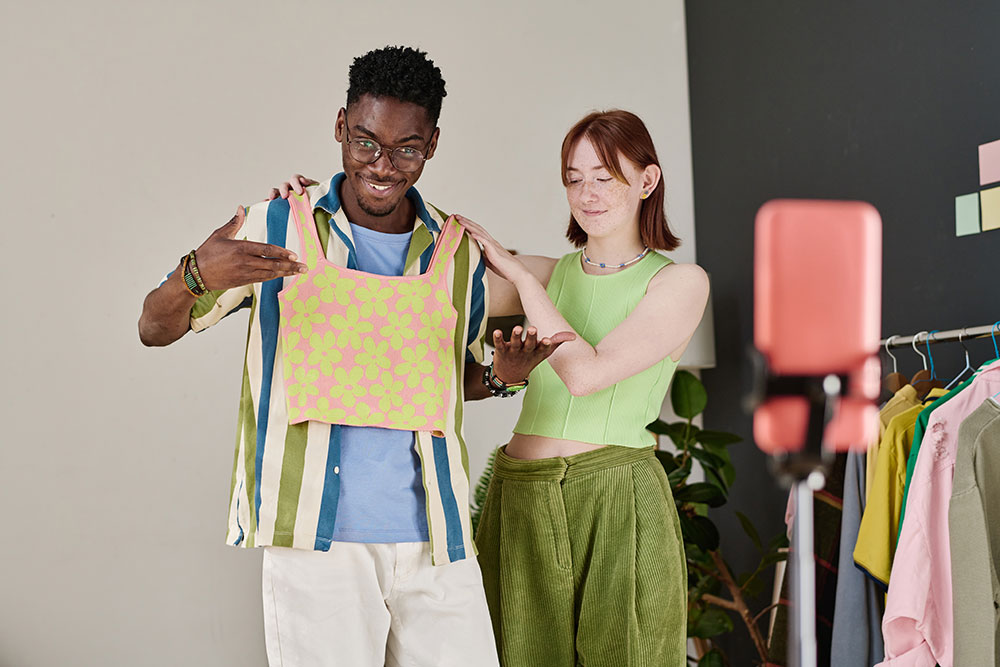
Collaborations Between Brands and Inclusive Influencers
Collaborations between fashion brands and inclusive influencers have proven mutually beneficial, fostering authenticity, trust, and increased consumer engagement. Inclusive influencers are individuals who leverage their platforms to advocate for diversity, representation, and inclusivity, making them credible voices in conversations about social justice and equity. Brands that collaborate with inclusive influencers, such as Nike’s partnerships with athletes of diverse backgrounds or Savage X Fenty’s campaigns featuring diverse influencers, tap into powerful narratives that resonate deeply with broad audiences. These partnerships enhance brand authenticity, reinforce commitment to diversity, and generate substantial consumer trust and loyalty, demonstrating that representation is both culturally significant and commercially advantageous.
How Models and Public Figures Shape Fashion Narratives
Models and public figures hold considerable power in shaping fashion narratives and influencing societal perceptions of beauty and inclusivity. When influential individuals advocate for greater diversity and representation, it directly impacts consumer expectations and industry standards. Figures like Rihanna, Zendaya, and Lizzo use their platforms to champion inclusivity, challenging brands and consumers to broaden their perceptions of beauty. Their advocacy not only influences immediate fashion trends but also encourages long-term cultural shifts toward acceptance, authenticity, and representation. By actively participating in inclusive campaigns, these public figures effectively reshape fashion narratives, establishing diversity and inclusion as essential components of contemporary fashion culture.

6- The Role of Cultural Sensitivity in Fashion Campaigns
Addresses the critical distinction between cultural appropriation and appreciation, outlining how brands can authentically and respectfully integrate cultural elements. It provides successful examples of culturally sensitive campaigns and discusses strategies to prevent cultural misrepresentation.
Understanding and Avoiding Cultural Appropriation
Cultural appropriation occurs when brands or individuals adopt elements from a marginalized culture without adequate understanding, acknowledgment, or respect. This can result in misrepresentation, offense, and backlash, severely harming brand reputation. Fashion brands must actively educate themselves on the historical and cultural significance of elements they incorporate into their designs or campaigns. This understanding helps avoid stereotypes, disrespectful usage, and commercialization of sacred or deeply meaningful cultural symbols. Brands should employ rigorous research, engage consultants from the relevant cultures, and establish thoughtful review processes to avoid unintentional cultural insensitivity. Furthermore, brands must acknowledge and address past missteps openly, demonstrating a commitment to learning and improvement.
The Difference Between Appreciation and Appropriation
Cultural appreciation involves respectful acknowledgment and genuine admiration of a culture, including transparent collaboration and credit to the original creators or communities. Conversely, cultural appropriation involves using cultural elements superficially or exploitatively without proper acknowledgment or consent. Appreciation is characterized by meaningful engagement, respect, mutual benefit, and recognition. For brands, appreciation might include active collaboration with artisans or designers from specific cultures, compensating creators fairly, and promoting cultural education alongside products or campaigns. Brands must clearly communicate intentions and ensure respectful portrayals to avoid crossing the line from appreciation to appropriation. Intentionality, context, and the inclusion of authentic voices are essential in distinguishing respectful appreciation from harmful appropriation.
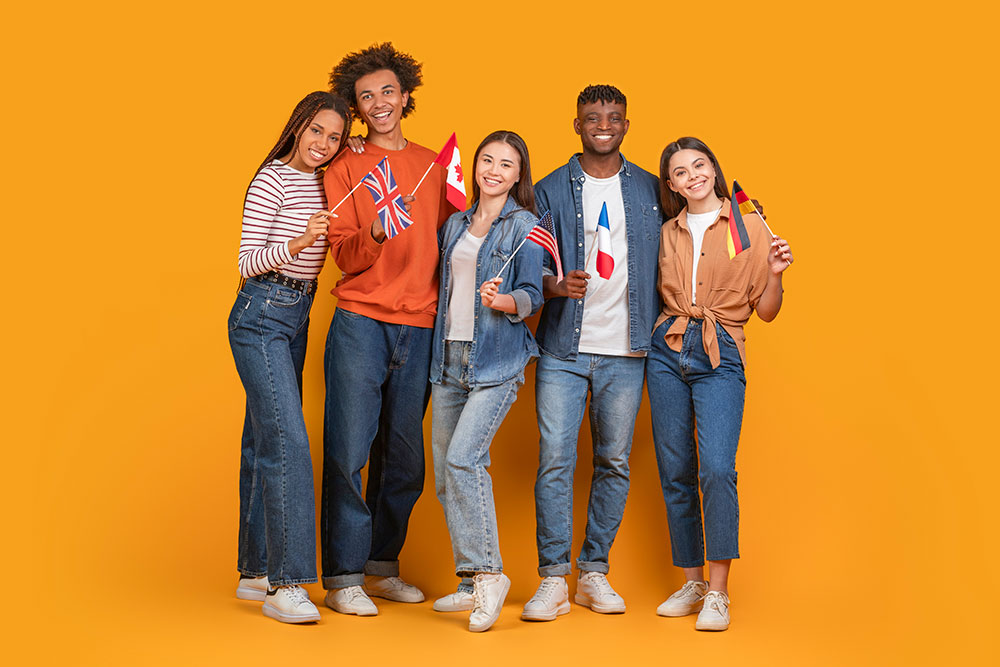
How Brands Can Respectfully Represent Different Cultures
Respectful representation begins with education and genuine collaboration. Brands should involve cultural representatives during planning and execution phases, ensuring accurate portrayals and avoiding stereotypical or superficial depictions. Authentic representation includes giving proper credit and financial compensation to cultural creators or collaborators, as well as providing platforms for diverse voices to tell their own stories. Moreover, brands must maintain transparency, actively listening and responding to community feedback to continuously improve their representation practices. Developing clear internal guidelines and conducting regular sensitivity training for marketing and creative teams further supports respectful cultural representation. Effective representation also involves actively promoting narratives from marginalized or underrepresented communities, elevating their visibility, and acknowledging their contributions to the global cultural tapestry.
Successful Examples of Culturally Inclusive Campaigns
Several brands have successfully navigated cultural sensitivity through genuinely inclusive campaigns. Gucci’s collaboration with Dapper Dan highlighted Harlem’s influential style, honoring the designer’s cultural significance and creative contributions. Nike’s “You Can’t Stop Us” campaign emphasized global unity and cultural diversity by featuring athletes from various backgrounds and cultures, emphasizing shared human experiences over differences. Another exemplary case is Adidas’s collaboration with Beyoncé’s Ivy Park line, which celebrated diversity, inclusivity, and cultural authenticity, prominently featuring diverse creators and influencers. These campaigns illustrate how thoughtful cultural representation can positively influence both brand perception and commercial success, demonstrating the powerful impact of cultural inclusivity done right.
Continue Reading
- The Impact of Diversity and Inclusion on Fashion Campaigns- Part 1
- The Impact of Diversity and Inclusion on Fashion Campaigns- Part 2
Written By: Adel Hachemi
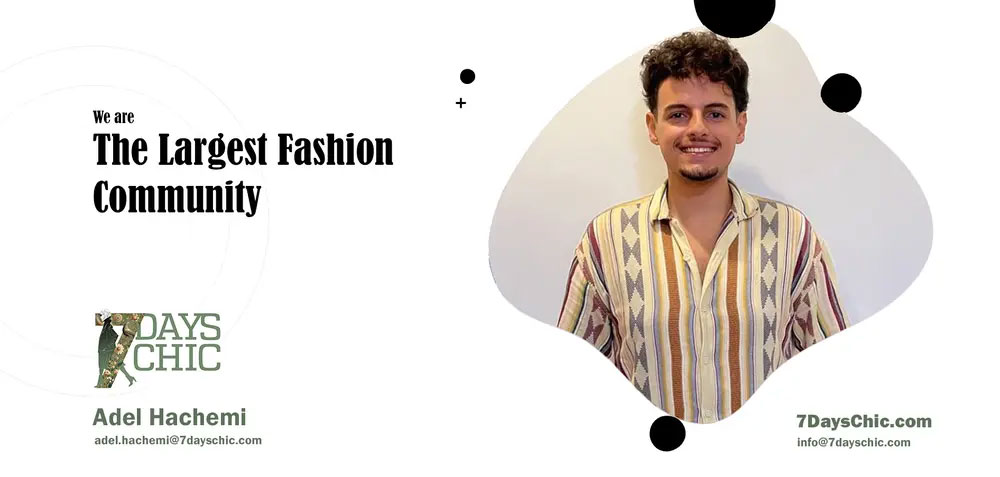


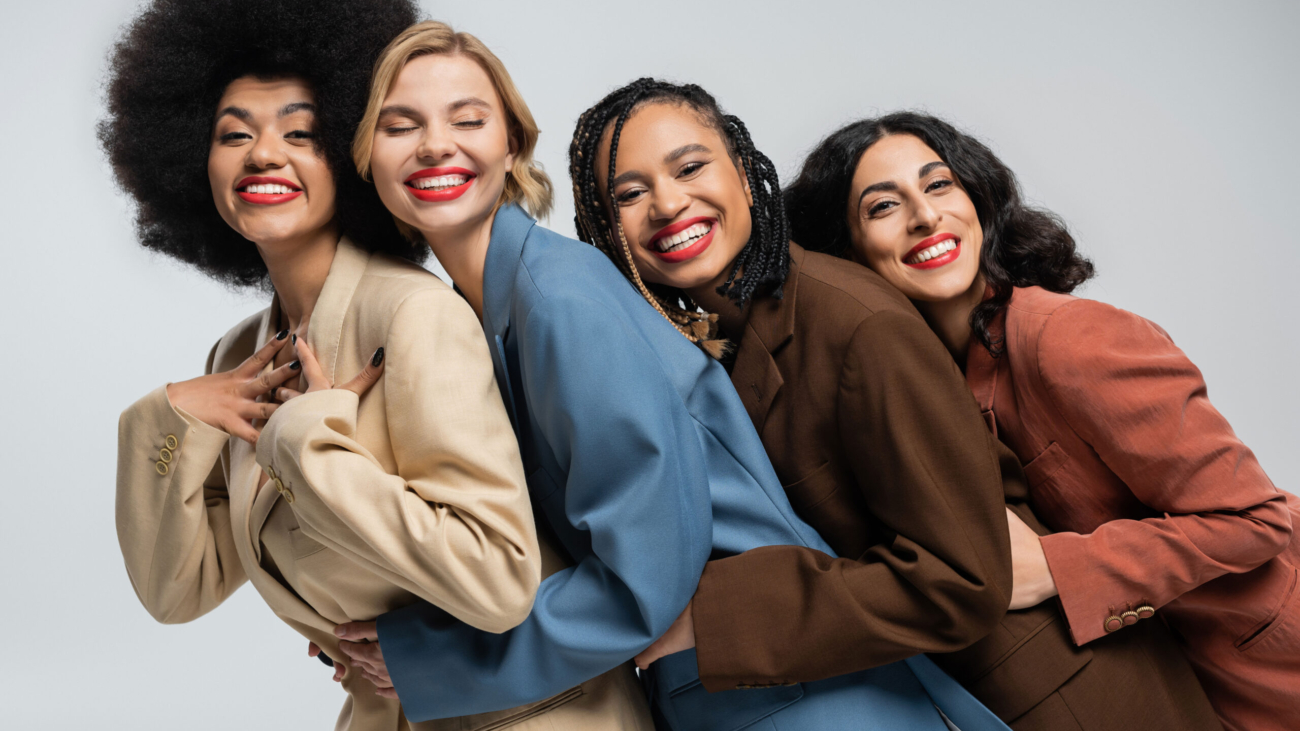
Add a Comment